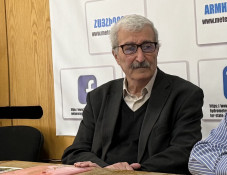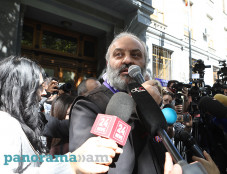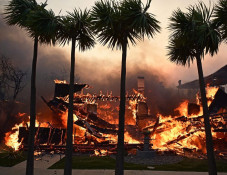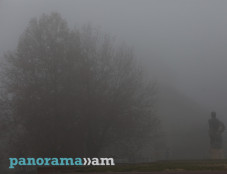
Commemoration of Forty Holy Martyrs on March 9
The Forty Holy Martyrs martyred in approximately 320 AD were Christians from various towns and cities of Lesser Armenia. They served as soldiers in the royal regiment of Sebastia. Upon the decree of Roman Emperor Likianos, interrogations were organized by Lucias, Duke of Caesarea, to reveal the Christian soldiers. Forty of the soldiers remain steadfast in their faith, defy the judges by their brave answers, and are imprisoned. One cold winter night the soldiers are thrown into a lake near Sebastia, to freeze them to death. Only one of the forty soldiers, being unable to endure the torments, comes out of the water, and tries to find salvation in a bathhouse built on the bank. The lone soldier dies and becomes deprived of both earthly and heavenly life.
At dawn, halos are seen encircling the heads of the soldiers. One of the guards charged with the execution of the forty, witnessing the holy phenomenon accepts Christ and throws himself into the lake to be martyred along with the others. In the morning it becomes apparent that through a divine miracle, the forty soldiers have been saved from freezing. This infuriates their captors who execute them and thus, they become martyrs.
The martyrs’ remains are buried in Sebastia, where subsequently a Forty-domed Cathedral is built. The Cathedral of Sebastia stood for nearly one thousand years until the invasion of Tamerlane and the Mongols at the end of the 14th Century. The name of the “Forty Martyrs Cathedral” has survived to this day.
Newsfeed
Videos






























